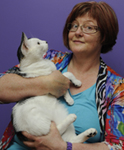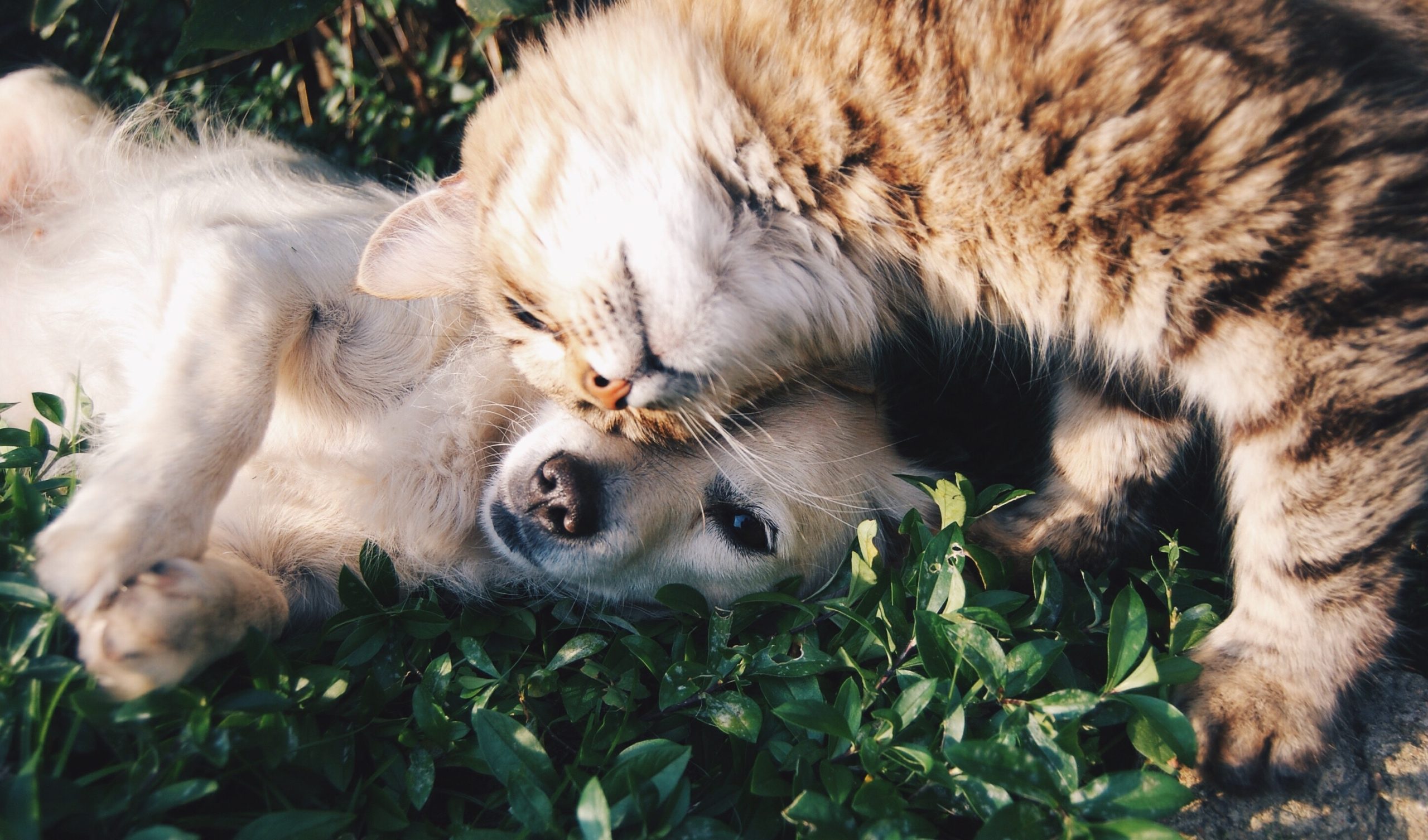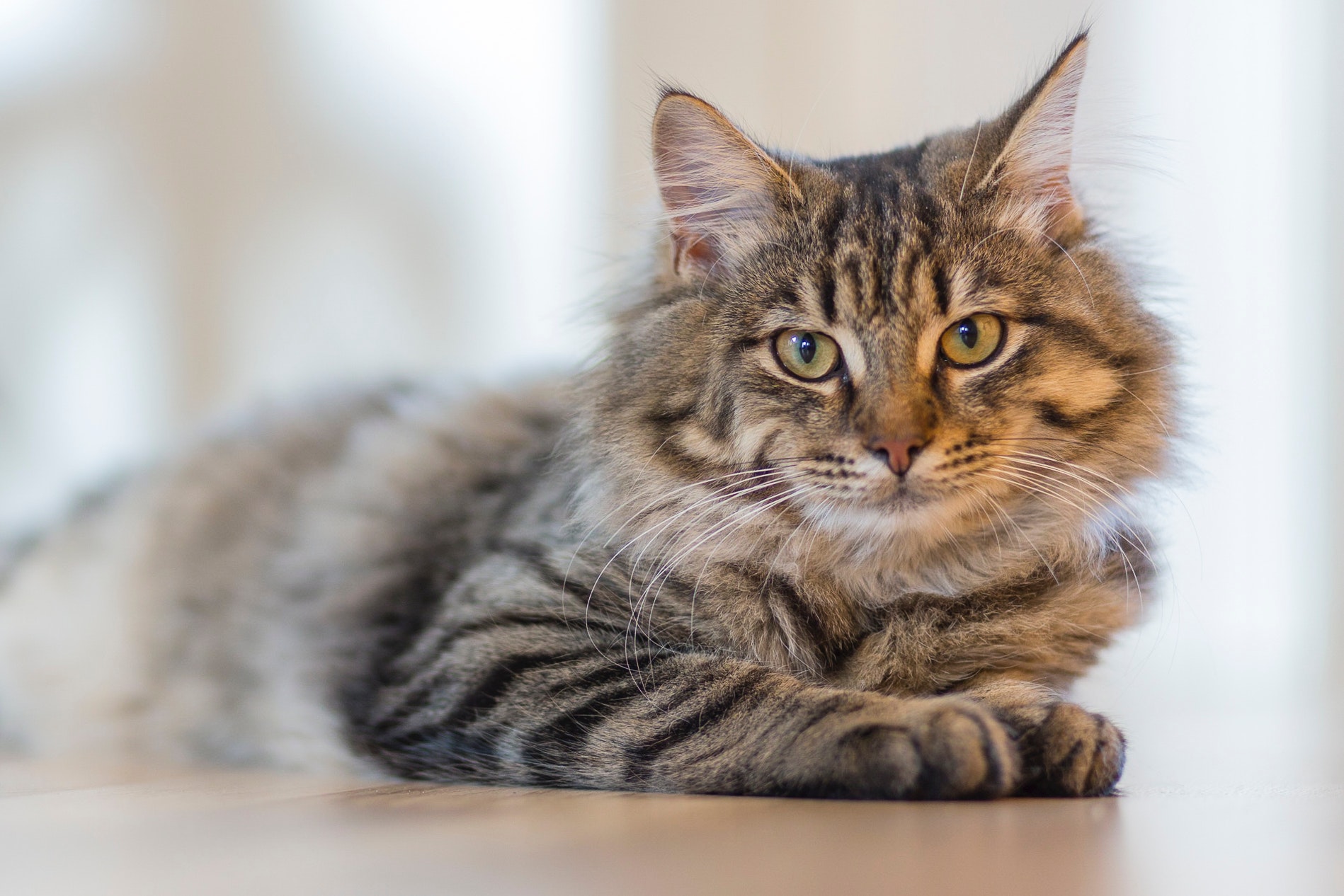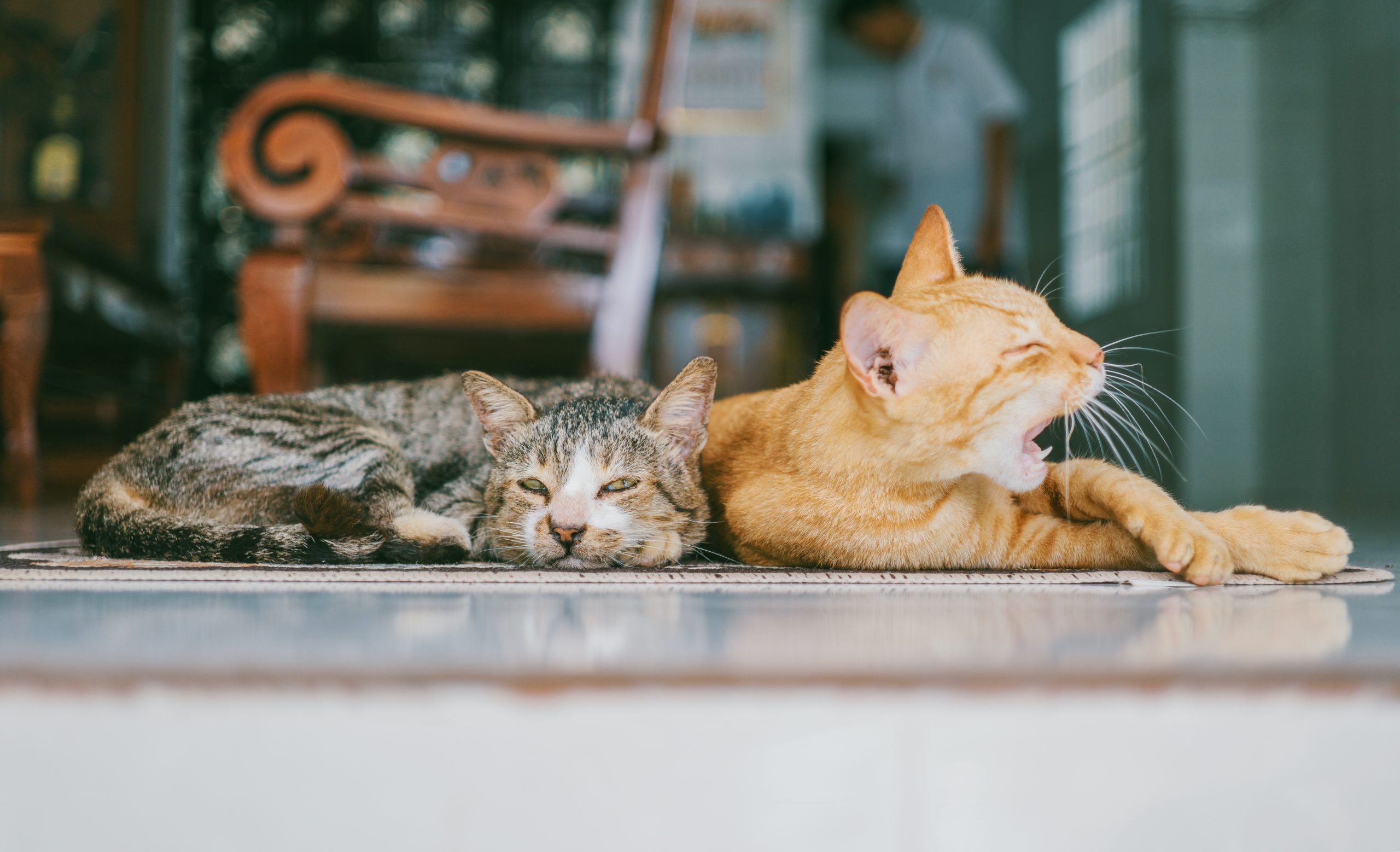Let me introduce ‘Minou’ – a regular cat with irregular skin as a case study. Like some humans she has a tendency to over react to any insect assaulting her.

Her previous problems included a scabby skin due to Flea Bite Allergy, so when she came in with knobbly nose and ears, I had a fair idea that other insects were now causing her problems.
Diagnosing the problem
There are many causes of damaged ears and noses in cats. These include skin cancer (especially in pink-nosed and white-eared cats, and increasingly in coloured ears also) and fungal infections (cryptococcosis). Close examination, and often biopsy of the area is necessary.
The biopsy of the bridge of Minou’s nose indicated that insects were the main cause of the reaction, and most likely to be mosquitoes. Up in Brisbane, one of the dermatologists did a very elegant study showing that the noses of these cats cleared up if mosquitoes were excluded from their environment. He even has an amazing photo of a mozzie sitting on the bridge of a cat’s nose!
Apparently, cats don’t feel the bite itself, only the reaction to the mozzie saliva an hour or so later, so they don’t even try to swat them off. Typically, the pads of the forefeet will also be inflamed; because of the way cats sit and doze with their forepaws curled up.
Managing mosquitoes
Cats are especially sensitive to many insecticidal compounds. For this reason it is not advisable to use dog or human products on your cat – the ingredient DEET (in some personal insect repellents) has caused problems for some cats.
To treat the bites on the ears and nose of your cat you can use an antiseptic cream, such as Dermaclens Cream or Filta-Bac sunscreen (contains an antiseptic as well as a sunscreen). If the bites appear infected then it would be best to get an antibacterial cream from your vet.
The most effective treatment for your cat is to thwart the marauding mozzie! For mosquito prevention it is recommended to remove sources of stagnant water around the house and garden where mosquitoes might breed and change water bowls frequently, fit screens to windows, doors and other exposed areas of your house to prevent mosquitoes entering inside, and keep your cat inside in the early morning and early evening when mosquitos are most active.
You can also use mosquito repellents outside your house, such as mozzie zappers and the newer ‘plant pyrethrin’ plug in sprays are very effective.
Harvest mites and Scabby Ears
Often the outside and inside of the ear (the pinna) of the cat will develop a little hard lump, just like our skin shows after a mozzie bites.
If these irritations are more on the edge of the ears, and crusty, rather than in the centre of the ear, it may be that grass or harvest mites are also annoying the cat. The little ‘trombiculid’ mites are very irritating, and quite hard to get rid of as they live in the lawn and multiply rapidly during the warm weather.
Most of them are repelled either by natural pyrethrin-based products (NOT the synthetic pyrethrins and permethrins) or ointments applied to the ears. Regular (every 2 weeks) applications of Frontline Spray to the ears (sadly, the Frontline Topspot won’t do as it does not stay for long enough in sufficient strength to kill the mites) is fairly effective.
Severe reactions
Left unattended, or where the cat has a really strong allergic reaction to insect bites, the nose can become very deformed, and the ‘leather’ on the end of the nose can ulcerate and even be destroyed.
For these cats, fairly aggressive corticosteroid and antibiotic therapy is needed to get them comfortable again, as the initial irritation becomes self-perpetuating. Much better to resolve the problem while the nose and ears are only looking lumpy, rather than weeping and ulcerated!
Fortunately, most cats can tolerate most insect assaults, and perhaps their attacks on larger flying insects, is only revenge!
About the Author

Dr. Kim Kendall, BVSc MANZCVS (Cat Medicine and Animal Behaviour) is one of the best known feline vets and behaviourists in Australia and the world.
Since 1994 her dedicated cat-only veterinary, boarding and grooming centre, The Chatswood Cat Palace has been based on Sydney’s North Shore.
Dr. Kim has a passion for improving feline health, and wants the best emotional and physical wellbeing for all cats at home. She achieves this by incorporating real science to back up clinical judgement.
She is also a pioneering expert in the field of Feline Friendly Care at home and at the vet clinic and has written extensively on the subject.





